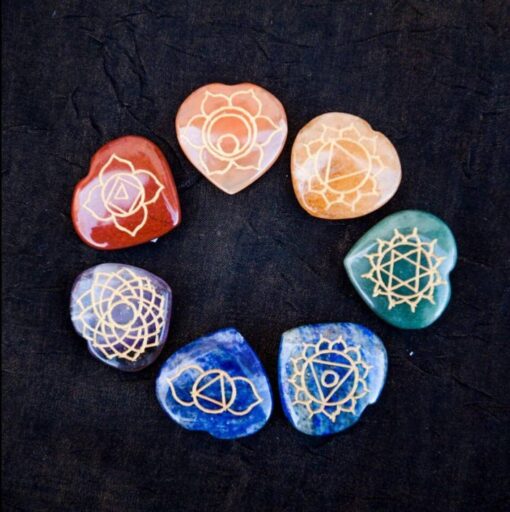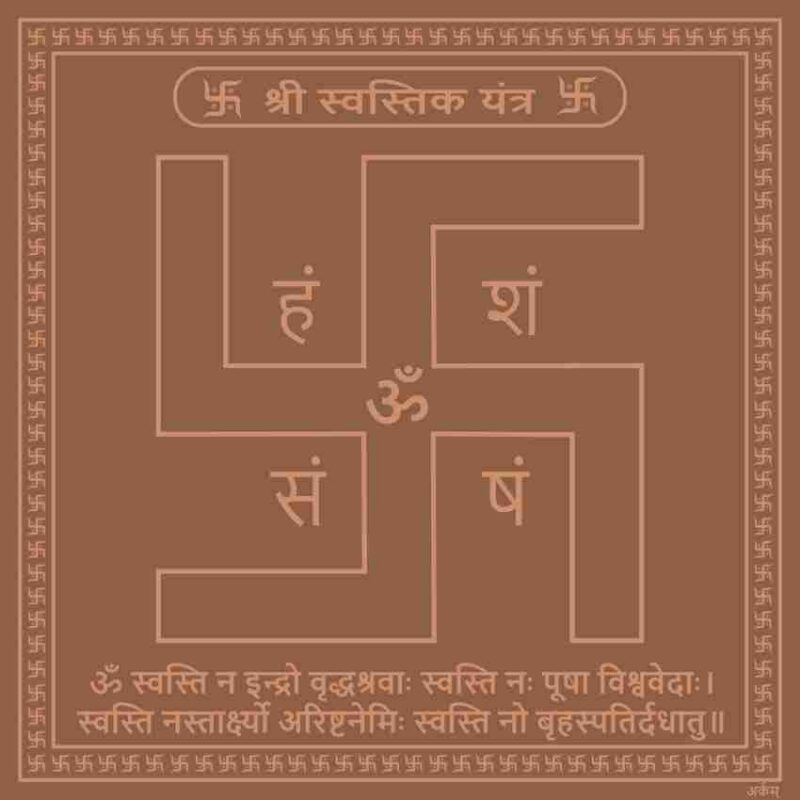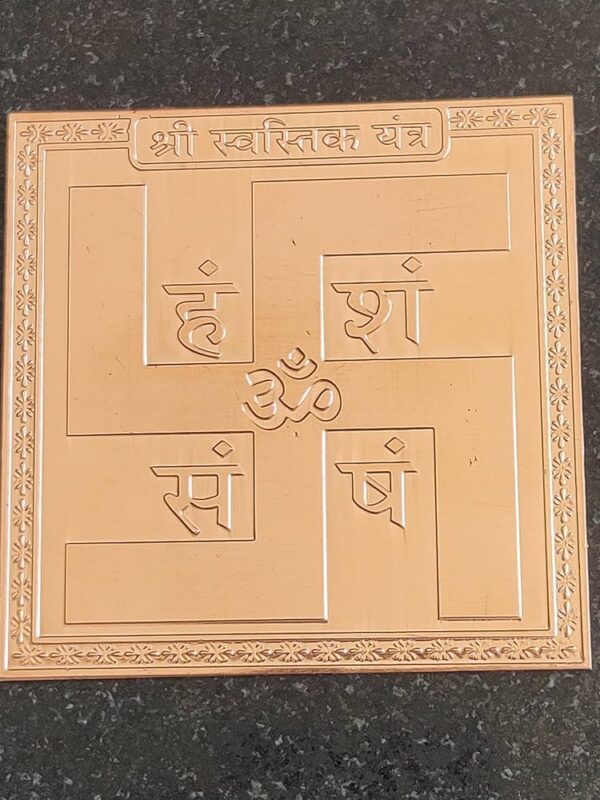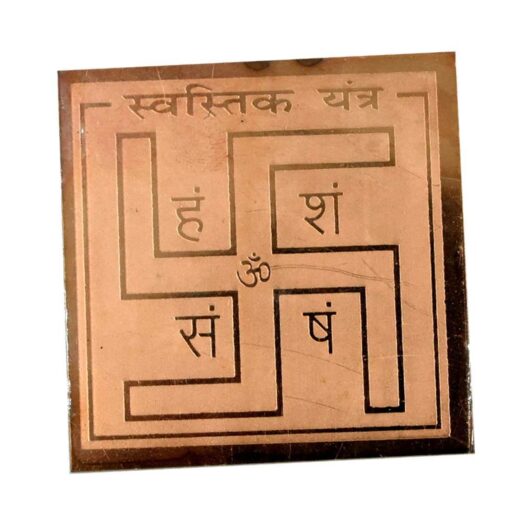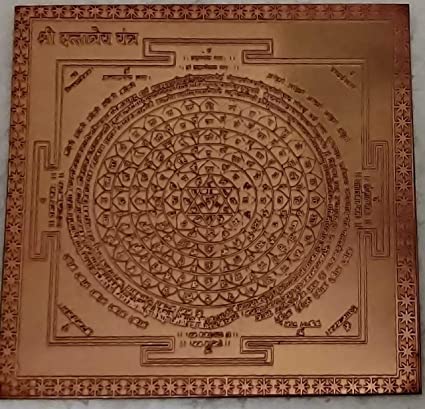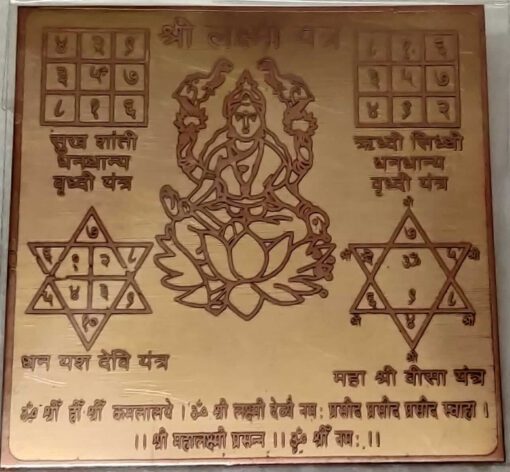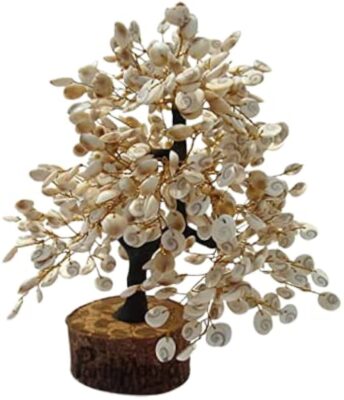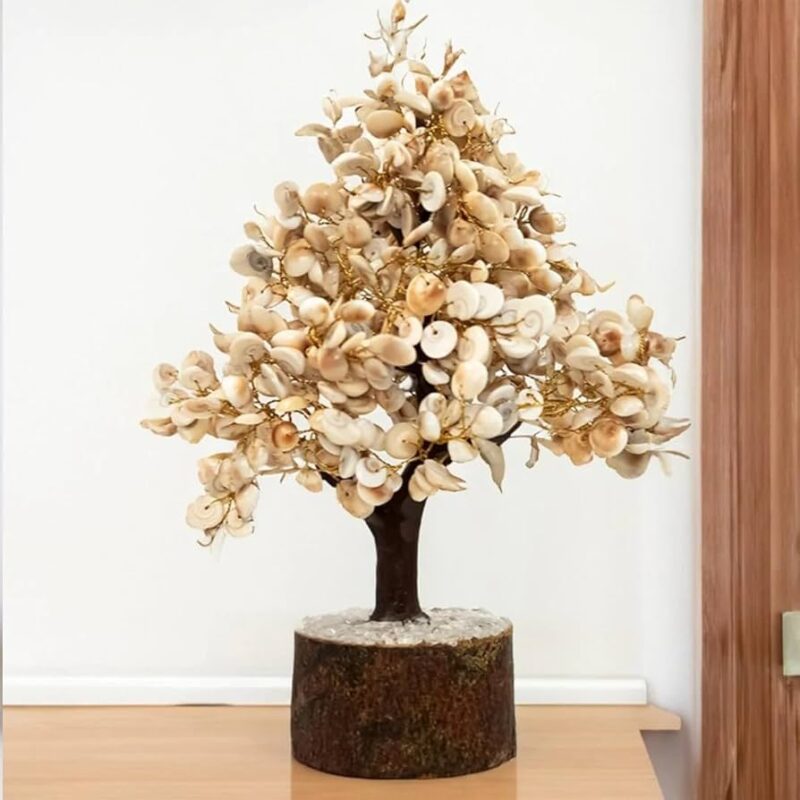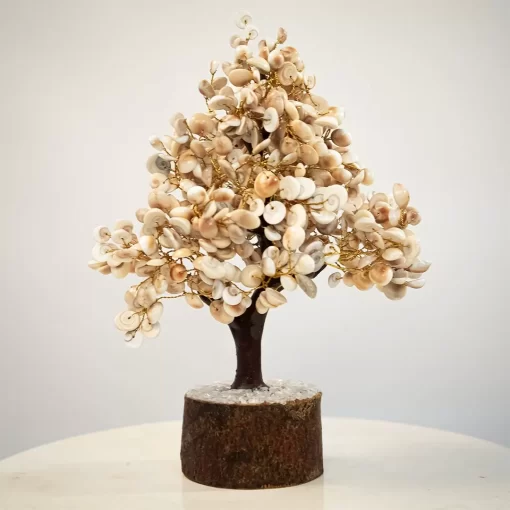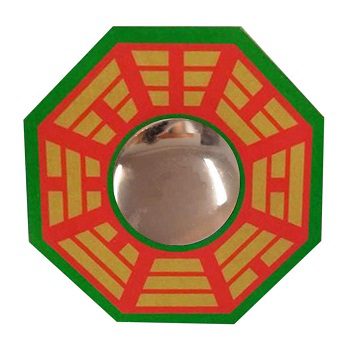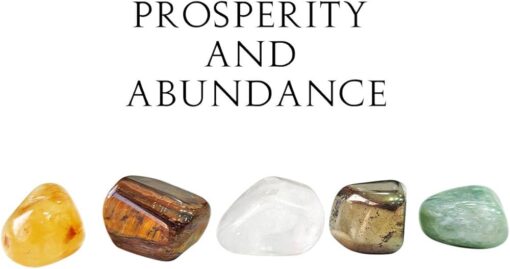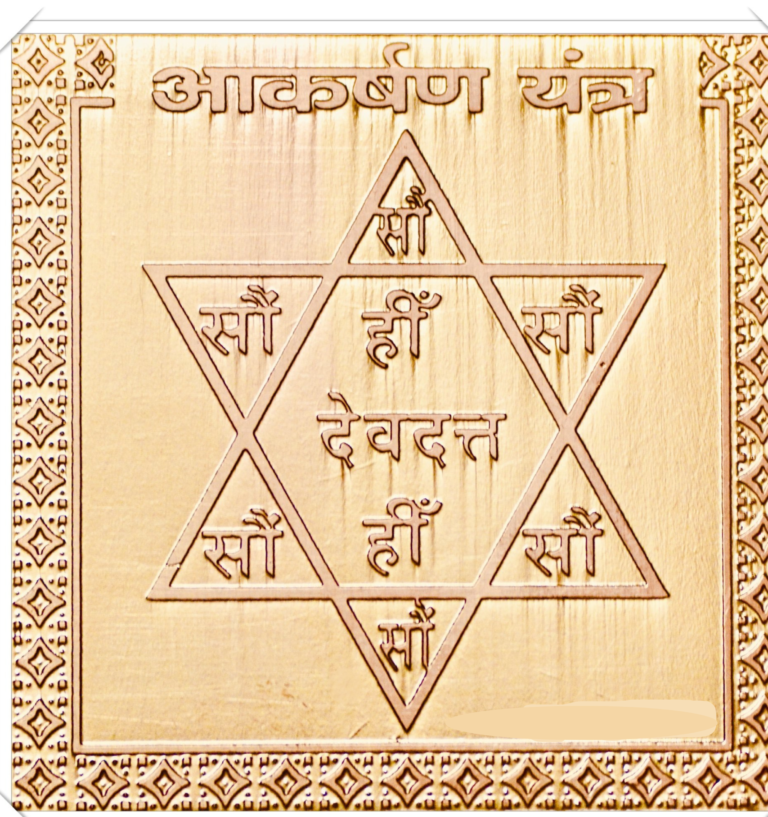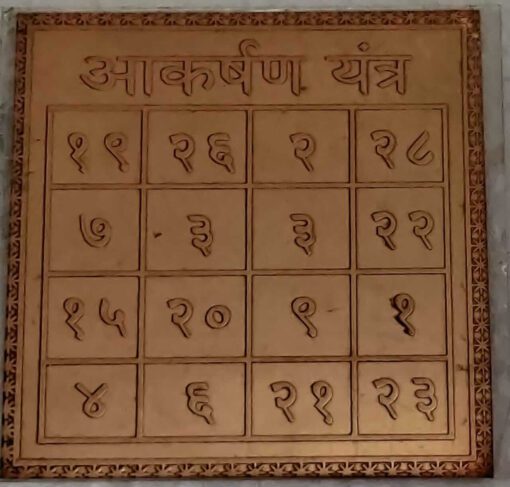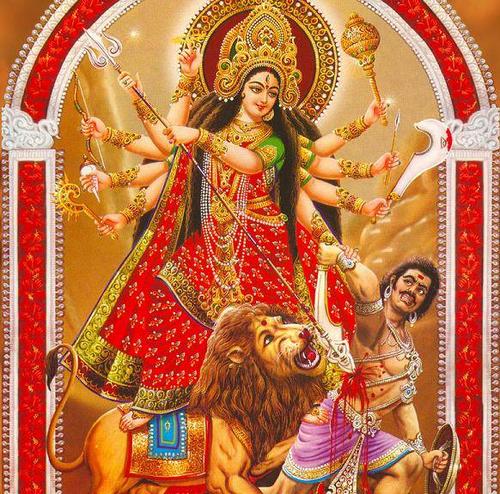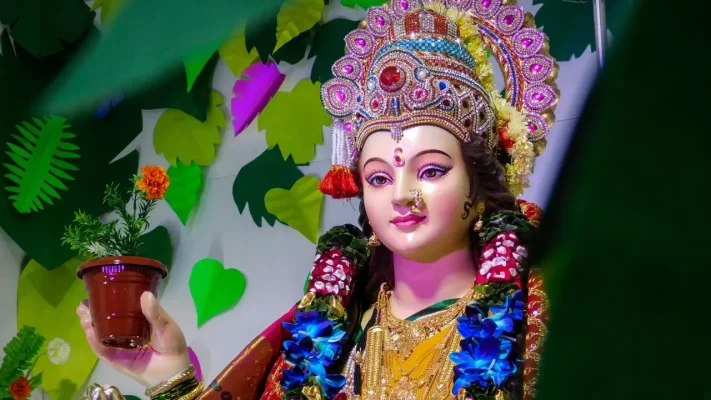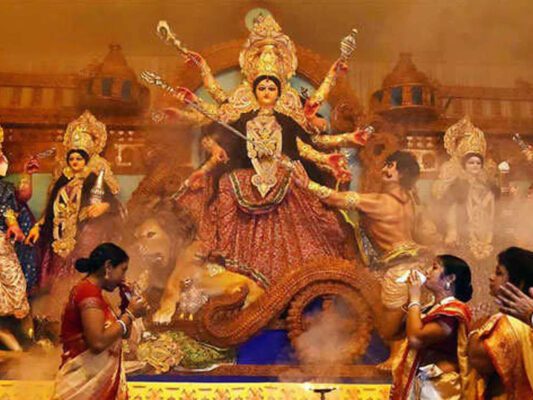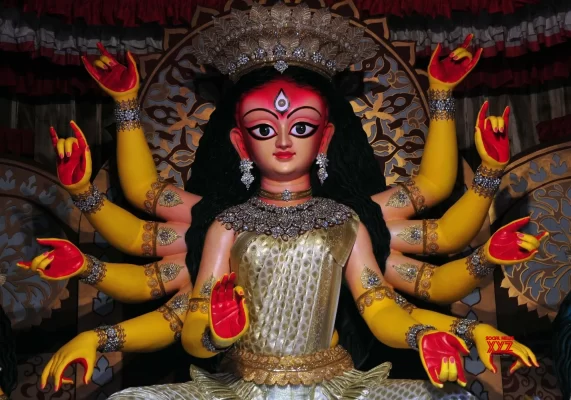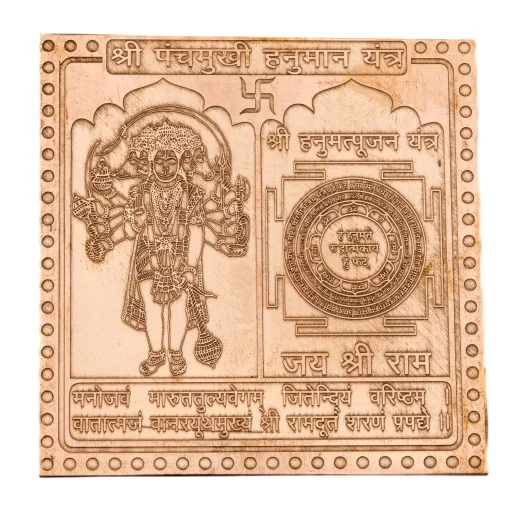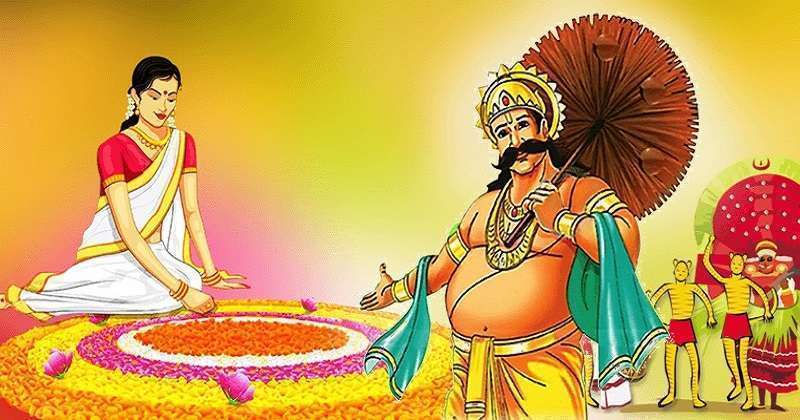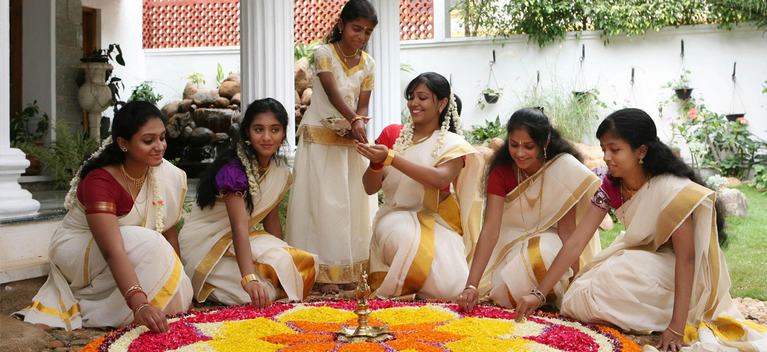
7 Chakra Lava Stone Bracelet: A Detailed Overview
The 7 Chakra Lava Stone Bracelet is more than just a fashion accessory; it’s a powerful tool designed to align, balance, and harmonize the body’s energy centers, known as chakras. Rooted in ancient spiritual traditions and modern wellness practices, this bracelet combines the benefits of lava stone with the symbolic power of the seven chakras to promote physical, emotional, and spiritual well-being. This comprehensive description delves into the bracelet’s components, benefits, uses, and how it can be incorporated into daily life for optimal results.
Components of the 7 Chakra Lava Stone Bracelet Benefits
1. Lava Stone: The primary component of the bracelet is lava stone, which is formed from volcanic activity. Known for its grounding properties, lava stone is a type of basalt rock that has cooled and solidified from lava. It is porous and lightweight, making it ideal for use in jewelry. Lava stone is believed to absorb and hold essential oils, which can enhance its therapeutic effects.
2. 7 Chakra Stones: The bracelet features seven distinct stones, each representing one of the seven chakras. These stones are carefully chosen for their color and vibrational properties, corresponding to each chakra’s energy center:
- Root Chakra (Muladhara): Red Jasper or Garnet, symbolizing stability and grounding.
- Sacral Chakra (Svadhisthana): Carnelian or Orange Calcite, associated with creativity and emotional balance.
- Solar Plexus Chakra (Manipura): Citrine or Yellow Jasper, representing personal power and confidence.
- Heart Chakra (Anahata): Green Aventurine or Rose Quartz, linked to love, compassion, and emotional healing.
- Throat Chakra (Vishuddha): Lapis Lazuli or Turquoise, enhancing communication and self-expression.
- Third Eye Chakra (Ajna): Amethyst or Sodalite, associated with intuition and inner wisdom.
- Crown Chakra (Sahasrara): Clear Quartz or Howlite, symbolizing spiritual connection and enlightenment.
3. Spacer Beads: These are often included between the chakra stones to separate them and create a visually appealing design. They may be made of metal, wood, or additional gemstones, adding to the bracelet’s aesthetic and functional qualities.

- “Balancing Your Chakras: The Comprehensive Guide to the 7 Chakra Lava Stone Bracelet”

- “Spiritual and Stylish: The Dual Benefits of the 7 Chakra Lava Stone Bracelet”

- “From Volcanic Rock: The Benefits of the 7 Chakra Lava Stone Bracelet”
1. The 7 chakra lava stone bracelet benefits of Digital Detox: How Unplugging Can Enhance Your Well-Being
- Overview: Explore the concept of digital detox, its benefits, and practical tips for reducing screen time to improve mental health, productivity, and overall quality of life.
2. The Rise of Sustainable Fashion: Trends, Benefits, and How to Get Started
- Overview: Delve into the world of sustainable fashion, examining the environmental and ethical impacts of the industry, current trends, and how consumers can make more eco-friendly clothing choices.
3. Understanding the Science of Sleep: How to Improve Your Sleep Quality Naturally
- Overview: Investigate the science behind sleep, common sleep disorders, and practical tips for improving sleep quality through natural methods such as lifestyle changes, sleep hygiene, and relaxation techniques.
4. Mindfulness and Productivity: Techniques for Achieving Focus and Balance in a Busy World
- Overview: Examine the role of mindfulness in enhancing productivity, explore various mindfulness techniques, and provide strategies for integrating mindfulness into daily routines to achieve better focus and work-life balance.
5. The Evolution of Smart Home Technology: Benefits, Challenges, and Future Trends
- Overview: Explore the advancements in smart home technology, including benefits like convenience and energy efficiency, potential challenges such as privacy concerns, and emerging trends shaping the future of smart homes.
6. The Impact of Urban Green Spaces on Mental Health: A Comprehensive Study
- Overview: Investigate how urban green spaces, such as parks and community gardens, influence mental health and well-being, including benefits like stress reduction, social interaction, and opportunities for physical activity.
7. Exploring Plant-Based Diets: Nutritional Benefits, Challenges, and Recipe Ideas
- Overview: Dive into the world of plant-based diets, discussing the nutritional benefits, common challenges, and practical tips for transitioning to a plant-based lifestyle, including easy and delicious recipe ideas.
8. The Role of Artificial Intelligence in Healthcare: Innovations and Ethical Considerations
- Overview: Examine the impact of artificial intelligence on healthcare, including innovations in diagnostics, treatment, and patient care, as well as ethical considerations related to data privacy and decision-making.
9. Cultural Heritage and Its Preservation: Strategies for Safeguarding Traditions and Historical Sites
- Overview: Explore the importance of preserving cultural heritage, including traditional practices, languages, and historical sites, and discuss various strategies and challenges involved in safeguarding these elements for future generations.
10. The Benefits of Learning a New Language: Cognitive, Social, and Personal Advantages
- Overview: Discuss the multiple benefits of learning a new language, including cognitive improvements, enhanced social connections, and personal growth, along with practical tips for language acquisition.

To effectively use various topics or tools, it’s essential to understand their purpose, benefits, and best practices. Here’s a detailed guide on how to use several popular topics or tools:
1. Digital Detox
Purpose: To reduce screen time and improve mental health, productivity, and overall well-being.
How to Use:
- Assess Screen Time: Start by tracking your current screen time to understand your usage patterns.
- Set Goals: Define clear, achievable goals for reducing screen time, such as limiting social media or setting specific times for checking emails.
- Create No-Screen Zones: Designate areas in your home where screens are not allowed, such as the dining room or bedroom.
- Schedule Tech-Free Times: Implement regular tech-free periods during the day, like during meals or before bedtime.
- Engage in Alternatives: Find engaging offline activities, such as reading, exercising, or spending time with loved ones.
- Use Apps and Tools: Utilize apps designed to monitor and limit screen time, such as “Forest” or “Moment.”
2. Sustainable Fashion
Purpose: To make eco-friendly and ethical clothing choices that reduce environmental impact and support fair labor practices.
How to Use:
- Educate Yourself: 7 chakra lava stone bracelet about sustainable fabrics, ethical brands, and the environmental impact of different materials.
- Choose Quality Over Quantity: Invest in high-quality, timeless pieces that will last longer and reduce the need for frequent replacements.
- Shop Second-Hand: Explore thrift stores, vintage shops, and online resale platforms for sustainable fashion options.
- Support Ethical Brands: Purchase from brands committed to ethical production practices and transparency.
- Care for Your Clothing: Follow proper washing and care instructions to extend the lifespan of your garments.
3. Improving Sleep Quality Naturally
Purpose: To enhance sleep quality and overall health through natural methods.
How to Use:
- Establish a Routine: Go to bed and wake up at the same time every day to regulate your sleep cycle.
- Create a Sleep-Friendly Environment: Make your bedroom dark, cool, and quiet. Invest in a comfortable mattress and pillows.
- Limit Stimulants: Avoid caffeine, nicotine, and heavy meals before bedtime.
- Practice Relaxation Techniques: Incorporate relaxation techniques such as deep breathing, meditation, or gentle yoga before bed.
- Limit Screen Exposure: Reduce exposure to screens at least an hour before bedtime, as blue light can interfere with melatonin production.
4. Mindfulness for Productivity
Purpose: To enhance focus, reduce stress, and improve work-life balance through mindfulness practices.
How to Use:
- Start with Short Sessions: Begin with brief mindfulness sessions, such as 5-10 minutes of meditation each day.
- Practice Mindful Breathing: Incorporate mindful breathing exercises during stressful moments or to refocus your mind.
- Integrate Mindfulness into Tasks: Practice being fully present during daily tasks, such as eating, working, or walking.
- Use Mindfulness Apps: Explore apps like “Headspace” or “Calm” for guided meditation and mindfulness exercises.
- Schedule Regular Breaks: Take mindful breaks throughout your workday to reset and maintain focus.
5. Smart Home Technology
Purpose: To enhance convenience, security, and energy efficiency through smart devices and systems.
How to Use:
- Identify Needs: Determine which aspects of your home you want to improve, such as security, lighting, or energy management.
- Choose Compatible Devices: Select smart devices that are compatible with your home’s existing systems and with each other.
- Install and Configure: Follow manufacturer instructions for installation and setup. Many devices can be configured using mobile apps or smart home hubs.
- Create Routines: Set up routines or automation for tasks like adjusting thermostats, controlling lights, or locking doors.
- Monitor and Adjust: Use your smart home system’s monitoring features to track performance and make adjustments as needed.
6. Urban Green Spaces
Purpose: To understand the impact of green spaces on mental health and well-being and promote their preservation.
How to Use:
- Visit Local Parks: Spend time in urban green spaces to experience their benefits firsthand.
- Engage in Activities: Participate in activities such as walking, jogging, or socializing in these areas to enhance your physical and mental health.
- Advocate for Green Spaces: Support local initiatives and policies that promote the creation and maintenance of urban green spaces.
- Incorporate Nature into Your Routine: If possible, integrate plants and natural elements into your home or workplace environment.
- Research Benefits: Learn more about the specific benefits of urban green spaces, such as stress reduction and improved mood.
7. Plant-Based Diet
Purpose: To adopt a diet that focuses on plant-based foods for health, environmental, and ethical reasons.
How to Use:
- Educate Yourself: Learn about essential nutrients in a plant-based diet and how to achieve a balanced intake.
- Plan Meals: Create meal plans that include a variety of fruits, vegetables, legumes, nuts, and whole grains.
- Experiment with Recipes: Try new plant-based recipes to discover what you enjoy and to keep your diet diverse.
- Read Labels: Check product labels for hidden animal ingredients and ensure that packaged foods align with your dietary choices.
- Seek Support: Join plant-based communities or forums for recipes, tips, and support.
8. Artificial Intelligence in Healthcare
Purpose: To understand the role of AI in transforming healthcare practices and address ethical considerations.
How to Use:
- Stay Informed: Follow developments and innovations in AI applications within healthcare, such as diagnostics, treatment planning, and patient care.
- Evaluate Tools: Assess the benefits and limitations of specific AI tools or systems in healthcare settings.
- Consider Ethical Implications: Reflect on ethical issues such as data privacy, bias, and decision-making in AI-powered healthcare.
- Engage in Discussions: Participate in discussions or forums about the impact of AI on healthcare to stay informed and contribute to the dialogue.
- Explore Case Studies: Review case studies of successful AI implementations in healthcare to understand practical applications and outcomes.
9. Cultural Heritage Preservation
Purpose: To safeguard and promote the preservation of cultural heritage and traditions.
How to Use:
- Learn About Heritage: Research and understand the cultural heritage and traditions you are interested in preserving.
- Support Preservation Initiatives: Contribute to or participate in organizations and projects dedicated to preserving cultural heritage.
- Promote Awareness: Educate others about the importance of cultural preservation through workshops, presentations, or social media.
- Document Traditions: Record and document cultural practices, languages, and historical sites to ensure they are preserved for future generations.
- Engage with Communities: Work with local communities to support and revitalize cultural practices and historical sites.
10. Learning a New Language
Purpose: To enhance cognitive abilities, social connections, and personal growth through language acquisition.
How to Use:
- Set Clear Goals: Define why you want to learn the language and set specific, achievable goals.
- Choose Learning Methods: Use a combination of methods such as language classes, online courses, language exchange programs, and self-study materials.
- Practice Regularly: Dedicate time each day to practice speaking, listening, reading, and writing in the new language.
- Immerse Yourself: Engage with native speakers, watch films, read books, and listen to music in the target language to enhance your learning experience.
- Track Progress: Monitor your progress and adjust your learning strategies as needed to stay motivated and on track.
These guidelines provide a comprehensive approach to using various tools and practices, ensuring you can maximize their benefits and integrate them effectively into your daily life.


